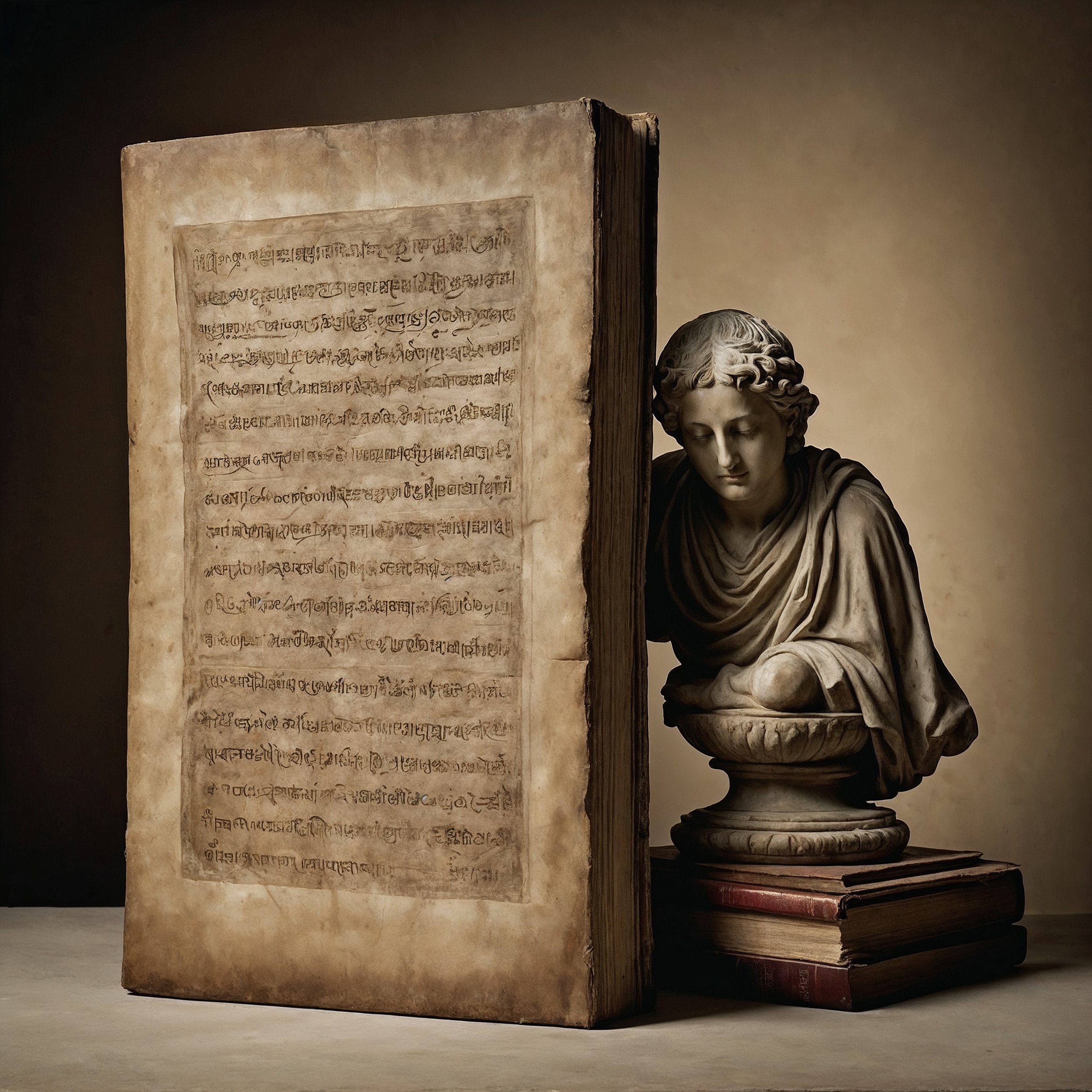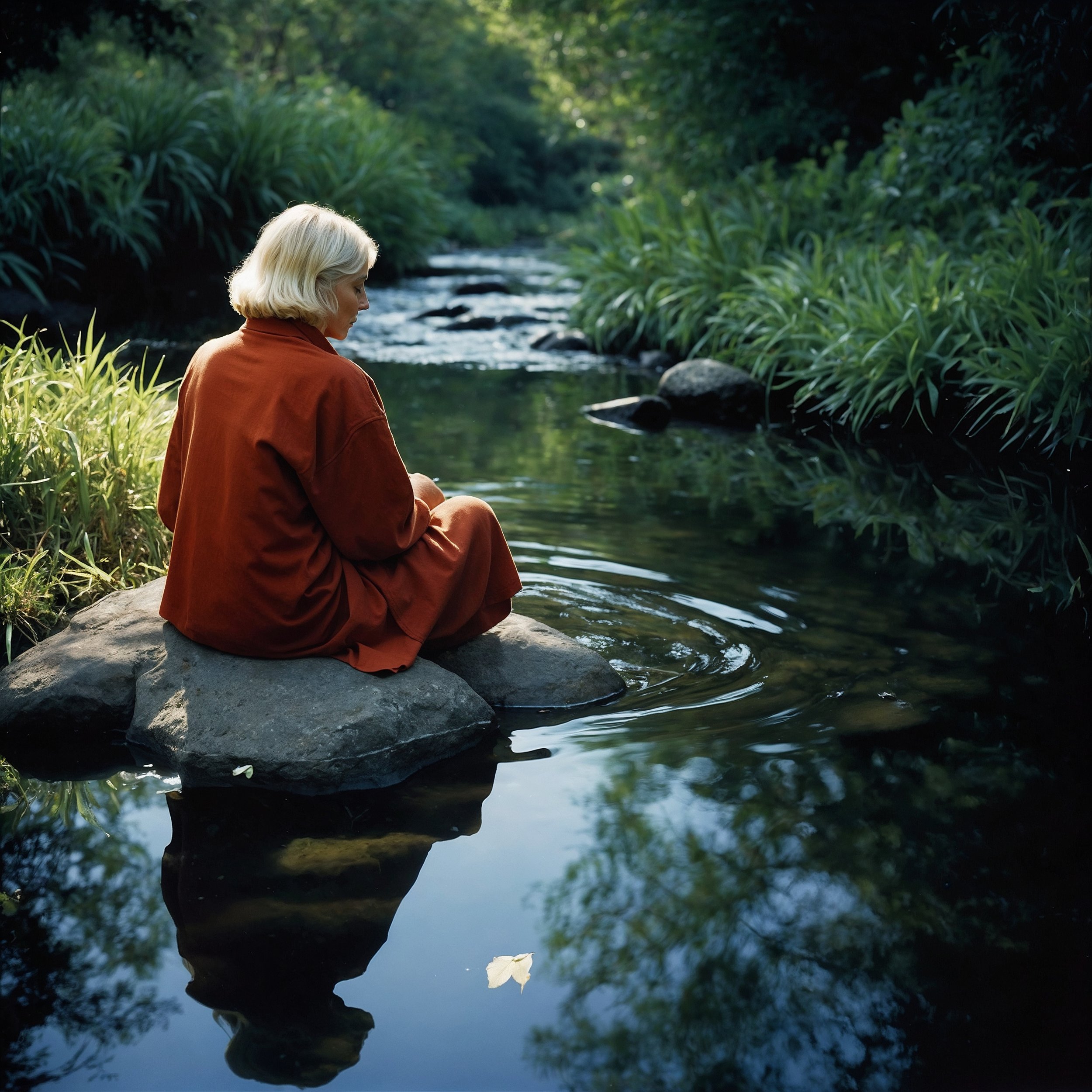Core Principles of Stoicism: Virtue, Logic, and Control for Mindful Living

What would life be like if we could master our emotions, make decisions rooted in reason, and focus only on what’s within our control? Stoicism, a practical philosophy from ancient Greece, offers timeless wisdom to achieve exactly that.
In this post, we’ll explore Stoicism’s core principles: virtue, logic, and control. These foundational ideas provide a roadmap for living with inner peace, resilience, and purpose - qualities that align with our Staoicism journey, blending Stoic and Taoist insights. Whether you’re looking to overcome challenges or cultivate mindfulness, these principles offer actionable guidance for modern life.
The Core Principles of Stoicism
1. Virtue: The Foundation of a Good Life

At the heart of Stoicism is the idea that virtue is the only true good. But what does "virtue" mean in the Stoic sense? It’s not about being morally perfect - it’s about aligning your actions with reason and integrity.
Virtue is holistic: The Stoics believed that it encompasses wisdom, courage, justice, and temperance.
Practical application: In daily life, we can aim to act wisely, face challenges with courage, treat others fairly, and practice moderation.
Reflection: How might focusing on virtue shape the way we approach difficult situations?
2. Logic: The Power of Reason

The Stoics valued logic and reason as essential tools for navigating life. Rather than being ruled by fleeting emotions or external events, Stoicism encourages decisions rooted in rational thought.
Rationality over emotion: Stoicism teaches us that emotions, especially those like anger or envy, often arise from faulty reasoning. By adjusting our thoughts, we build emotional resilience.
Practical application: In a moment of stress or frustration, we can pause and ask, “What’s the most logical way to approach this?”
Reflection: What current challenge might benefit from a more logical, less emotional response?
3. Control: Focus on What You Can Change

One of the most well-known aspects of Stoicism is its focus on control. The Stoics remind us that, while we can’t control everything, we can always control how we respond.
The dichotomy of control: Stoicism teaches that there are things within our control (our thoughts, actions) and things outside our control (others’ opinions, external events).
Practical application: By focusing on what we can control and letting go of what we can’t, we reduce unnecessary anxiety and stress.
Reflection: Think of a recent situation that felt out of control. How might a Stoic approach have shifted your focus to your own response?
Connecting Stoicism’s Core Principles to Staoicism

In Staoicism, we find a powerful fusion of Stoic resilience and Taoist flow. The principles of virtue, logic, and control naturally align with Taoist ideas of balance and harmony.
Virtue in Taoism: Just as Stoicism emphasizes virtue, Taoism encourages living in harmony with the Tao, or “the Way,” where virtuous actions arise effortlessly.
Logic and spontaneity: While Stoicism advocates rationality, Taoism values spontaneity and adaptability. Together, they allow us to balance thoughtful reasoning with a natural flow.
Control and non-attachment: The Stoic focus on control parallels the Taoist principle of wu wei, or “effortless action,” where we act in harmony with the world without clinging to outcomes.
Reflection: How can we blend Stoic and Taoist principles to face life’s challenges with wisdom and ease?
Practical Takeaways for Modern Life
 |
 |
 |
|---|---|---|
| Daily Reflection in Flow | Mindful Decision-Making Through Balance | Focus on Control and Acceptance (Wu Wei) |
| Set aside time each day to reflect on how we’re embodying the core principles of virtue, logic, and control, while also aligning with life’s natural flow. Ask, “Am I acting in harmony with the situation, or am I resisting the natural course?” | When faced with a difficult situation, pause and consider, “Am I approaching this with both rational thought and a sense of ease?” Staoicism teaches us to balance logic with acceptance of life’s flow, guiding us to act without force but with intention. | While Stoicism emphasizes control, Staoicism integrates the Taoist principle of Wu Wei. When facing challenges, we might ask, “How can I move with this situation, rather than against it?” This approach encourages deliberate action while accepting life’s unpredictability. |
And what about you ?
What are your own takeaways based on these core principles of Stoicism - virtue, logic, and control? Share your thoughts and experiences in the comments below. Join us on this journey of blending Stoicism and Taoism for a balanced approach to modern living. Sign up for our newsletter to receive more insights into cultivating resilience, mindfulness, and flow in everyday life.
🌊 The Ripple Zone
🔗 Navigate the Flow: Visit the Staoic Compass to find all insights in one place.
🎥 Watch the related video : Stoicism: Embrace the Virtues! [ … ]
📩 Unlock Your Free Staoic Guide – Subscribe for Weekly Wisdom.
💬 Share your thoughts below: How does this resonate with your journey?



